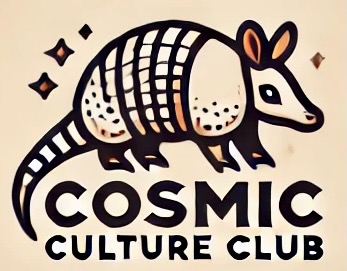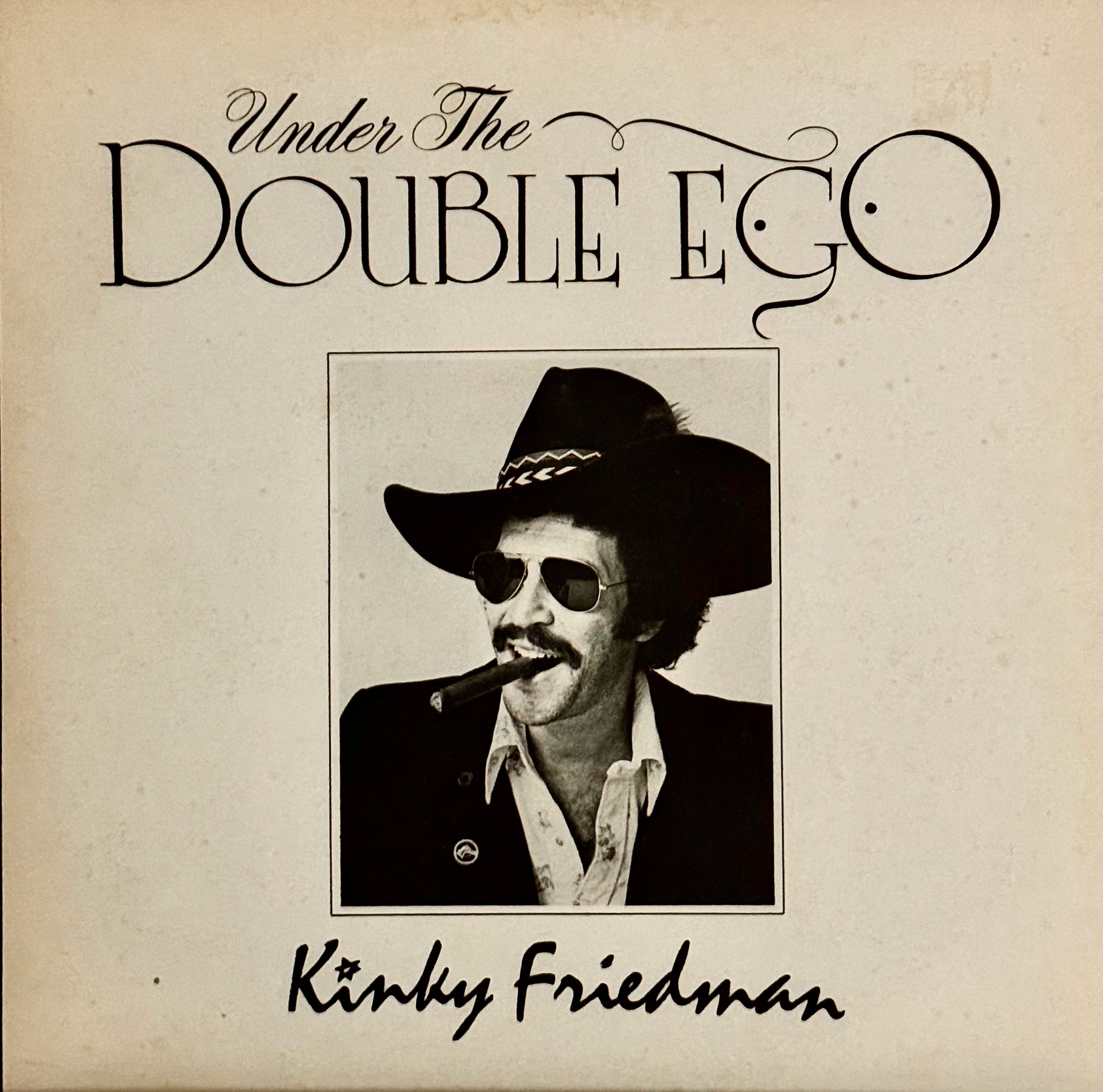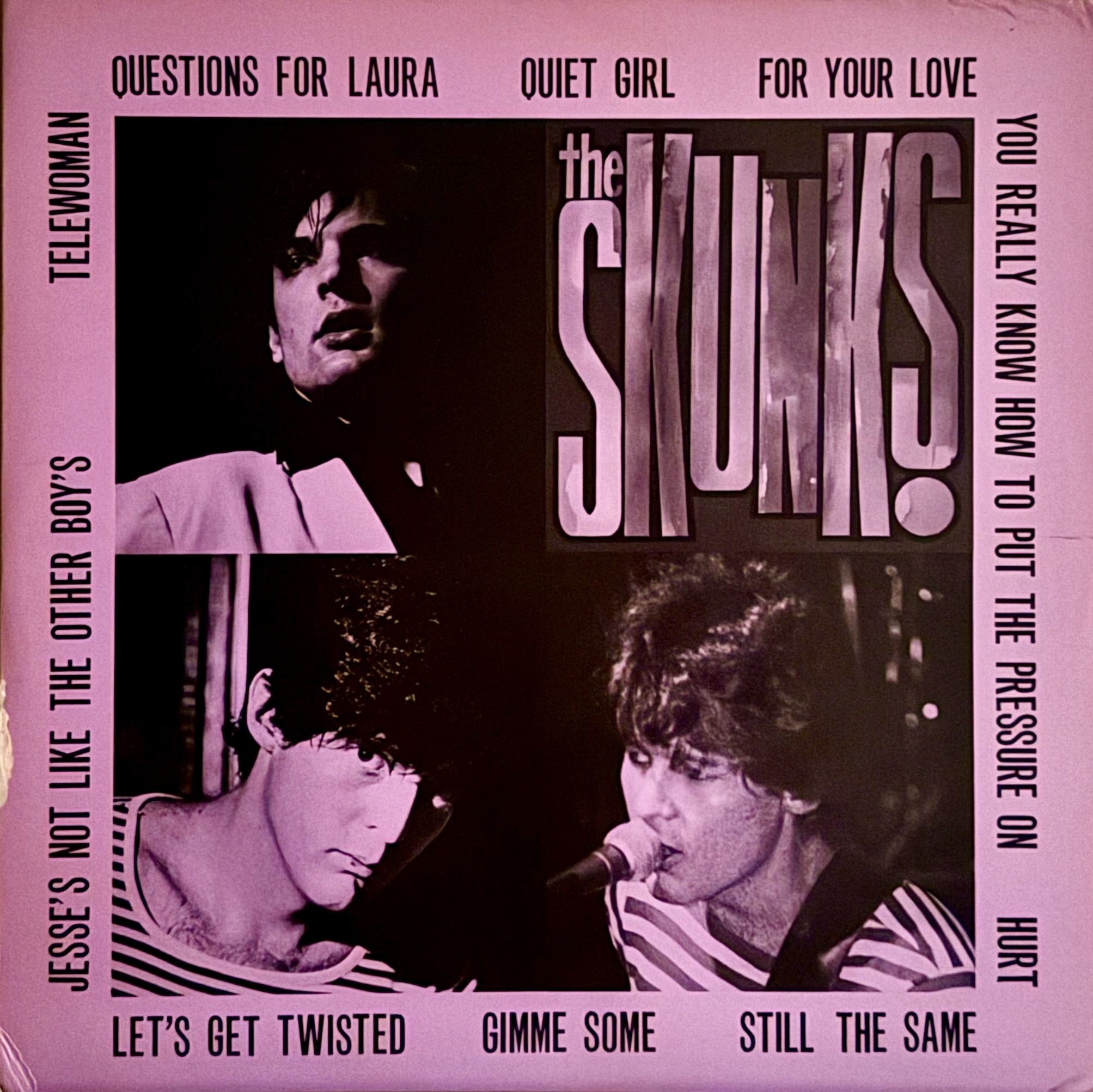Old 97’s
Album: Most Messed Up
Released: 2014
The Old 97’s were grizzled veterans when they recorded Most Messed Up, and that’s pretty much the theme of the album. They dive right in on the opening track, a self-referential song weighing the pros and cons of life as a rock star. In the end, frontman and chief songwriter Rhett Miller admits that “rock and roll’s been very, very good to me,” but he manages to sound wistful when he adds “they throw underwear, instead of money at you.”
The Old 97’s are an incredible live band, and they live on the road. They formed in Dallas, but only spent three years living in the same zip code. Rhett moved to New York. Murry went to California. That led some to wonder if they were still a Dallas band. A question they answer with a shrug and, “you gotta be from somewhere.” Bassist Murry Hammond once said, “We still feel spiritually like a Dallas band. All our friends and family are there, and if we have a few days to do a quick tour, 95 percent of the time we line up Dallas, Austin and Houston.” So, when they record an autobiographical album, it’s a story Texas music fans are familiar with.
Most Messed Up was the tenth studio album from the band, and their first on ATO Records. It’s a rambunctious affair that Paste magazine described as “a cathartic, punk-rock stomper of a record, and perhaps the first in the band’s catalog to accurately capture their sweatbox live performances.” Pitchfork added, “Ken Bethea plays like he still thinks you can surf in Texas, blending the Ventures and the Sir Douglas Quintet into super-melodic, super-concise guitar lines.” To further accentuate the sound, they invited The Replacements’ Tommy Stinson to the studio to add a dash of punk rock royalty to the recording.
The Old 97’s started their journey in 1992 as darlings of the Dallas scene, where they caught the attention of major record labels. Elektra bet on them to be a country-rock counterbalance to the grunge movement. Bassist Murry Hammond remembers the label expecting the band to produce radio-friendly singles that topped the charts. “I think they thought that they were going to have a sort of modern-day Eagles or The Band or some such,” he said. Twenty-plus years later Most Messed Up became the best-performing album (at the time) when it peaked at number thirty on the Billboard charts.
Most bands who’ve taken a similar path have a hard-luck story about being chewed up by a major label. Not the Old 97’s. “The six years we were on Elektra, the three records we made, the people at Elektra that worked with us every day loved us. They’re still friends of ours…it was amazing,” Ken Bethea reflected on the experience. In fact, when asked about how life changed after leaving a major label, Bethea replies with, “the biggest difference, which is kind of funny, is, at Elektra, there were always Elektra people hanging around the studio, and it was kind of fun…They were always super supportive, and like, ‘Oh, man, it sounds great,’ and making us feel good, like cheerleaders…But the weirdest thing about ATO? There was not one time that one person who had anything to do with that label came to the studio.”
Most Messed Up is an album by a band that is comfortable being rock stars, and also comfortable not being The Beatles. They are not going to argue about whether the glass is half empty or half full when the waitress just dropped off two pitchers. Or, as Rhett puts it:
I’m not down with the uptight world
Never gonna be no square
I’ll circle round the edge of the big black void
But I don’t wanna live down there
I’m better off being wasted
Than working my whole life through
Tonight I wanna get wasted with you

The Greenpoint
This is an alcohol drenched album that provides a plethora of choices for cocktail pairings. (It’s not coincidental it’s the last album recorded before Rhett went sober.) We have the option of whiskey or champagne, as long as we get drunk and get it on. There’s something tropical on the menu when we meet the holiday girl in Guadalajara. But the lyrics of inspiration are, “This is the ballad of drinking rye whiskey / Distilled in a barn that burned down around it.” That’s a line that will stick with you, and why we’re pairing it with a rye whiskey.
The Greenpoint is a variation of The Brooklyn, which itself is a twist on The Manhattan. If you know New York City geography you get the logic, Greenpoint is a neighborhood on the northern tip of the borough of Brooklyn. The Greenpoint adds the mysterious yellow Chartreuse to the classic recipe. This spirit has been distilled for hundreds of years by Carthusian monks in France who use a secret blend of one hundred thirty botanicals. The recipe is only known by two monks at a time.
Ingredients:
- 2 oz rye whiskey
- 1/2 oz yellow Chartreuse
- 1/2 oz sweet vermouth
- 2 dashes Angostura bitters
Directions
- Combine ingredients in a mixing glass with ice. Stir well.
- Strain into a coupe.
- Garnish with a lemon twist.









